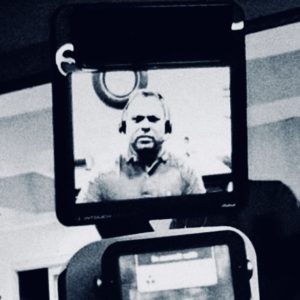
Here are 3 takeaways from this case:
Hold critical conversations in person
When possible. Critical conversations should happen in person. I will add that a telemedicine encounter can offer a unique ability to connect when it is impossible for members of the care team to be present (and the only option is the phone).
Once while speaking in Tasmania I teleconferenced with a couple over the removal of their child from life support. Out of context, this seems insensitive. And had this been reported to the media like the above story, I would have been eviserated. But the family saw me as critical to their child’s care and they really wanted my input. While I couldnt be there in person the experience of seeing one another at opposite sides of the world at that moment was priceless.
Different engagements require different tools
Every communication product developer wants you to think that their text application, video tool or whatever represents the ‘best way to communicate’. But each of these tools make sense in different situations. And to suggest that patient communication is best conducted through one tool or another is to not understand the range and texture of human engagement. There is no bad technology. Only bad applications of technology .
I detailed this in The Problem with Human Communication.
One jackass does not define a technology
It was suggested that this story is evidence of our coming dystopian state in healthcare. But the way one physicisn uses teleconnection does not define telemedicine. Just like one drunk driver doesn’t define auto transportation.
As we do so often, conversations around these events tend to demonize technology. But discussions around lessons we can learn are probably more useful.
As technology finds its way in and around doctors and patients, expect hiccups. And just because someone does something off the mark with a given tool doesn’t mean the technology can’t change lives.
If you like this you might like the 33 charts Telemedicine Archives.